

Thanks to the unprecedented interest in home/landscaping makeovers, pet retailers are primed for success. They have an especially interesting opportunity to extend their aquarist market and capitalize on the current popularity of water gardening
Building a water garden department doesn't have to be an enormous undertaking. Partner with a trustworthy manufacturer to provide educational materials, quality products, and the support for you to make a start... big or small. Harnessing ideas and resources from trade shows and associations is also a very hands-on, powerful method of gaining new insights and best practices.Quite simply, it can begin with you informing your staff and customers about the basics of pond fish keeping. For pet product retailers, focusing on consumables and staple items will maintain a steady stream of repeat purchases and reliable income. Stocking those shelves with fish food - and having a basic knowledge of what and how often to feed fish - is crucial to creating a profitable water gardening department. Since koi and goldfish do not have teeth or stomachs, they need foods that soften quickly in water and ensure easy digestion. Enable your customers to benefit from premium foods which will minimize food waste and cloudy water - and as a result, unnecessary pond maintenance.Vitality, growth and vibrant colours of ornamental pond fish are the benefits of pond keeping that make the hobby so appealing to customers. Hobbyists are thrilled to learn how to improve the quality of their hobby and the colour of their fish, especially when it is as easy as feeding a complete, nutritious diet. With the proper combination of protein, fats, fibre, minerals and vitamins, fish absorb the nutrients for optimal nutrition. Teaching fish keepers to feed their fish according to a seasonal feeding cycle is almost as important as diet. The seasonal feeding cycle instructs fish keepers on how to feed fish according to the pond's water temperature, helping cold-blooded fish to absorb and digest food properly. Between 4° C and 10° C, the slower metabolism of fish calls for wheat-germ formula designed to be digested easily. Once water temperatures rise above 10° C, fish can return to their regular diet. And never feed in temperatures below 4° C, as it is very harmful and sometimes fatal to fish.Another way to lure and keep customers coming to your water garden department is to make water and fish care easy. Line your shelves with water treatments that make the pond a healthy habitat. Water conditioner that neutralizes chlorine and chloramines in tap water is a fundamental product to stock. Consumers will need to de-chlorinate tap water and detoxify heavy metals every time they fill or top off their…
Related articles
Read also

 Menü
Menü






 3-4/2007
3-4/2007
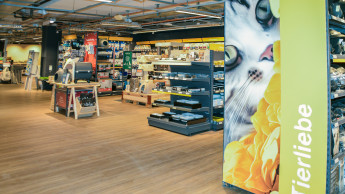
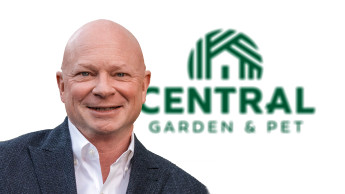
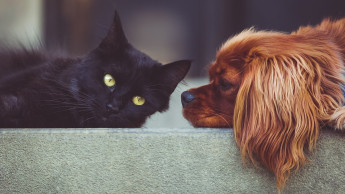
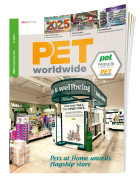



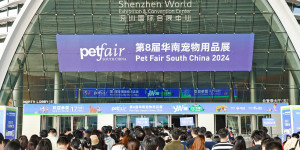




 Newsletter
Newsletter